‘The Art of Missing Link’ book review
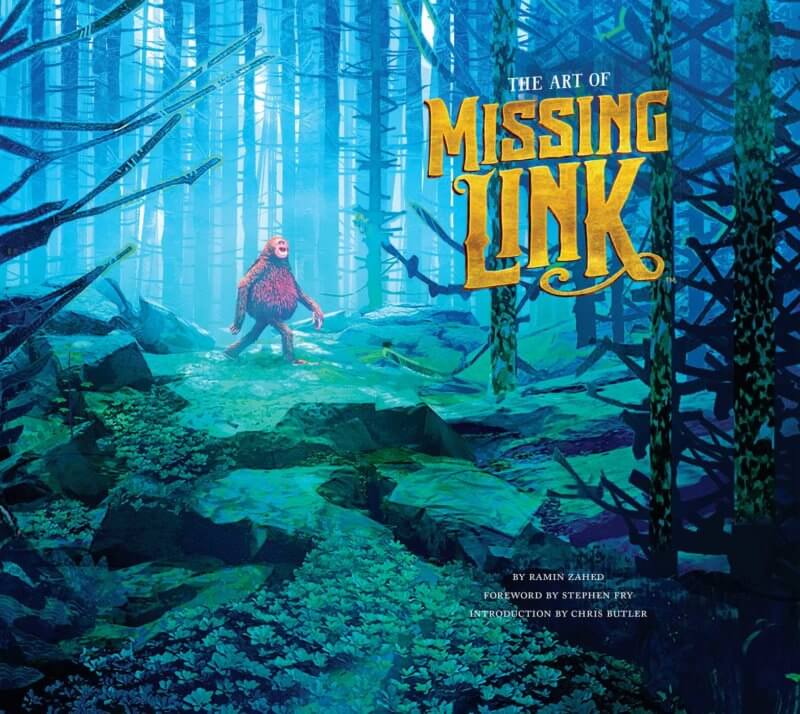 Missing Link, the latest feature from Oregon-based stop-motion studio Laika takes the audience on a journey across the world. As Laika has become hailed for its groundbreaking techniques and remarkable visual style, the studio always takes great pride and effort in documenting and showcasing the efforts of the amazing artists they work with. Every care seems to be taken over all elements of their ‘Art Of’ books, and while every film since their first feature Coraline has been elaborately documented, their books truly developed with their second film ParaNorman, in which no detail was left unchecked. An avid collector will appreciate how satisfyingly their last four books stack beautifully on a shelf next to one another, however each book is individually developed and crafted to each film. While all the entries in Laika’s filmography make a defined statement and have a style of their own, somehow they weave together to create a pantheon of exciting and extravagant characters and worlds.
Missing Link, the latest feature from Oregon-based stop-motion studio Laika takes the audience on a journey across the world. As Laika has become hailed for its groundbreaking techniques and remarkable visual style, the studio always takes great pride and effort in documenting and showcasing the efforts of the amazing artists they work with. Every care seems to be taken over all elements of their ‘Art Of’ books, and while every film since their first feature Coraline has been elaborately documented, their books truly developed with their second film ParaNorman, in which no detail was left unchecked. An avid collector will appreciate how satisfyingly their last four books stack beautifully on a shelf next to one another, however each book is individually developed and crafted to each film. While all the entries in Laika’s filmography make a defined statement and have a style of their own, somehow they weave together to create a pantheon of exciting and extravagant characters and worlds.
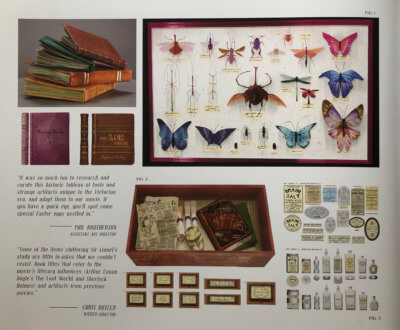
Missing Link, in this case, is separated from the others by its focus on globetrotting and highly detailed – but utterly different – cultural worlds. In this way, Ramin Zahed’s The Art of Missing Link segments itself first by place and then by inhabitants, giving the reader a real appreciation for just how densely-packed and detailed every element of the film is. Everything – every pot, every stray hair – even every polished, dulled and repolished brass 10mm doorknob – has been artistically and lovingly placed.
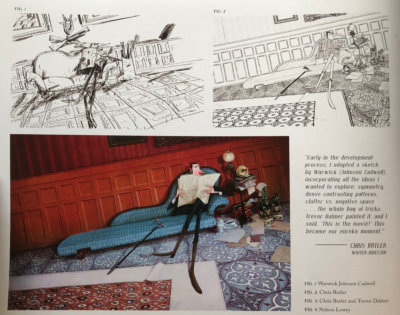
What is of course lovely about a stop-motion ‘Art Of’ book in particular is that besides the concept art and storyboards (of which this book features plenty) are also the photos and breakdown of the puppets, the layering of fabric, the creation of weaves, the development of new fur techniques, and the intricacy of set and puppet fabrication; this may seem like an obvious statement but it is bizarre how often these things are overlooked.
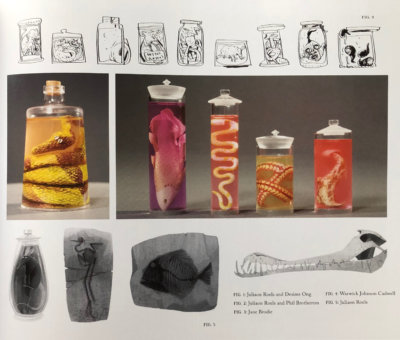
It feels necessary to mention once again Laika’s integral use of 3D printing for faces in their films, a style that has set them apart from other studios, this time opting for a coloured resin-based system. The growing number of facial replacements is now into the 100,000s compared to the 64,000 used for Kubo and the Two Strings,. This approach for Missing Link, based around complete customization, meant that pretty much every shot, scene and frame featured a new, unique face.
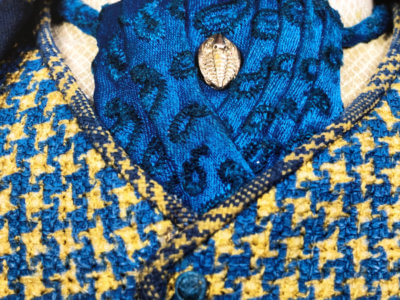
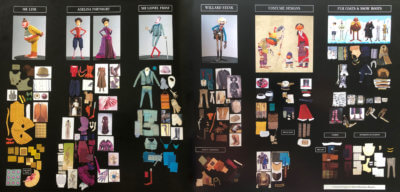
The attention to detail from Laika’s extremely talented Costume and Hair Department is also staggering, inspired by victorian artist and pattern designer William Morris as well as the illustrations of Errol Le Cain (who was also an inspiration to Richard Williams for Thief and the Cobbler), as well as looking at weave structures and patterns to create authentic and true-to-the-era designs for both Lionel and Link. What brings it together is the combination of dedicated research and new technology, incorporating the use of a digital sewing machine to translate the designs into embroidery for this miniature scale.
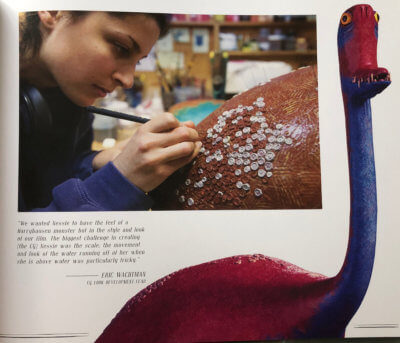 The most complicated of all the puppets seems to me to be the central character, Link, which involves a complicated system of breathers, incremental belly rig, squash and stretch spines as well as intricate latticework on urethane hair tiles, making for one of the most unusual and complex puppets the studio have created to date. Add a mythically Nessy and an unusually lanky elephant and you have in your hand the most extraordinary explorer’s log one could wish for.
The most complicated of all the puppets seems to me to be the central character, Link, which involves a complicated system of breathers, incremental belly rig, squash and stretch spines as well as intricate latticework on urethane hair tiles, making for one of the most unusual and complex puppets the studio have created to date. Add a mythically Nessy and an unusually lanky elephant and you have in your hand the most extraordinary explorer’s log one could wish for.
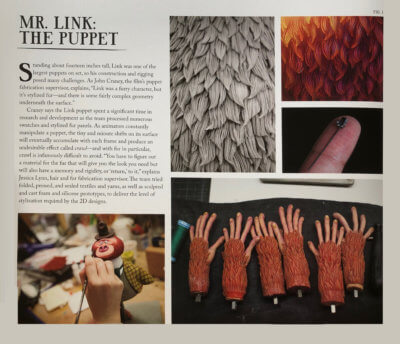
The Art of Missing Link is available from Insight Editions.

